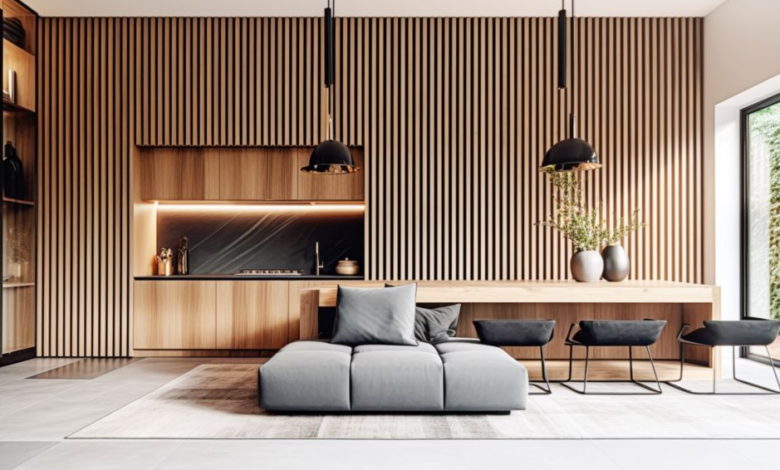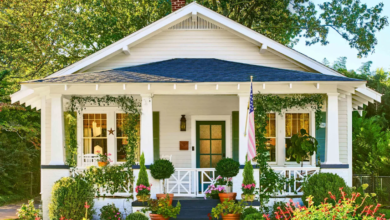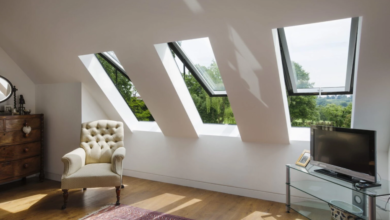Elevating Aesthetics with Timber Slats in Modern Interior Design

The integration of organic materials into interior design has become a cornerstone in crafting spaces that feel both modern and timeless. Among the plethora of natural materials, wood has retained its status as a favourite, owing to its versatility, warmth, and enduring style. Within the realm of wooden applications, timber slats have emerged as an innovative solution to infuse elegance and character into any room.
Introduction to Timber Slats
Timber slats are narrow strips of wood that are utilized in a variety of ways within interior spaces. They provide not only an aesthetic appeal but also come with practical advantages that benefit both residential and commercial environments. With the increasing focus on bespoke and detailed design, timber slats have become essential components in the contemporary designer’s toolkit.
The Aesthetic of Timber Slats
The visual impact of timber slats in interior design is significant. They bring a three-dimensional aspect to surfaces that might otherwise be flat and uninteresting. The slats can be arranged horizontally, vertically, or even diagonally, offering an array of patterns and textures that couple harmoniously with lighting to create dynamic shadows and highlights.
Functionality meets Aesthetics
The appeal of timber slats extends beyond their appearance. These wooden elements serve practical purposes, such as concealing unsightly elements, enhancing acoustics by disrupting sound waves, and enabling air circulation when used as part of a climate control strategy. Their ability to blend aesthetic appeal with functionality makes them a savvy choice for any interior design project.
Incorporating Timber Slats into Various Spaces
Taking a closer look at interior spaces, timber slats can invigorate a room regardless of its purpose or size. In living rooms, the warmth of wood can foster an inviting atmosphere, while in offices, the linear geometry of slatted structures can foster a sense of order and professionalism.
Livening Up Living Spaces
In residential settings, timber slats can be applied to walls or ceilings to create focal points that draw the eye and add depth to the room. The rhythmic pattern of wood strips can harmoniously tie together different elements within a space, such as furniture and decor, establishing a cohesive design language.
Enhancing Commercial Environments
In commercial spaces, timber slats are highly functional in segregating areas without the need for solid barriers, thus maintaining an open and airy feel. Additionally, they can be implemented to excellent effect in creating a brand identity, where bespoke patterns and designs offer a unique and memorable visual trademark.
Colour and Texture Variations
The malleability of timber as a material allows designers to play with colours and textures. From the natural hues of pine or oak to the rich tones of walnut, there is a spectrum of possibilities. Furthermore, surface treatments such as staining, painting, or varnishing can alter the visual impact of the slats and provide additional protection against environmental factors.
Texture and Tactility
The texture of timber slats is another aspect that adds to their allure. The tactile quality of wood grain offers an organic counterpoint to the sleek surfaces commonly found in modern design, such as glass and metal. This interplay of textures results in a balanced and inviting environment.
See also: Northern Beaches Real Estate: Securing Your Ideal Home with the Right Buyers Agent
The Sustainability Factor
In today’s design landscape, sustainability plays a pivotal role. Timber slats, when sourced responsibly, represent a renewable resource that can be integrated into projects with a conscience toward environmental impact. The lifespan of timber, coupled with its capacity for recycling and reuse, affirms its status as a sustainable choice for architects and designers alike.
Eco-Friendly Design Choices
Choosing eco-friendly materials is becoming increasingly important to consumers and businesses, with timber slats fitting the bill. Not only do they have the potential to improve the energy efficiency of a space through natural insulation properties, but they also contribute to a healthier indoor climate by moderating humidity levels.
Customisation Potential
Another significant attribute of timber slats is their adaptability. Customisation options are extensive, with variations in slat width, spacing, and orientation enabling designers to tailor-make solutions for each project. This flexibility ensures that timber slats are not confined to a single design statement but can be as unique as the spaces they occupy.
Bespoke Design Solutions
With customisation front-of-mind, designers can create intricate patterns and shapes, melding different slat sizes and orientations to construct original art pieces that double as functional architectural features. The bespoke aspect of working with timber slats guarantees a distinct design solution that elevates the character of a space.
The Future of Timber Slats in Interior Design
As we look ahead, the future belonging to timber slats in interior design seems as solid as the wood they are carved from. Their fusion of form and function, aesthetic versatility, and sustainable credentials will continue to resonate with the evolving preferences of clients and designers alike.
The Path to Tailored Elegance
Timber slats represent a timeless yet innovative way to infuse sophisticated elegance into any interior design scheme. Whether employed as an accent feature or as part of the broader design fabric, they are proving to be integral to creating spaces that delight and inspire.
In conclusion, the versatility and aesthetic appeal of timber slats make them a powerful tool in the modern interior designer’s arsenal. From their natural charm to their functional benefits, timber slats are not merely a trend but a long-lasting element that will continue shaping beautiful and sensory-rich environments.




